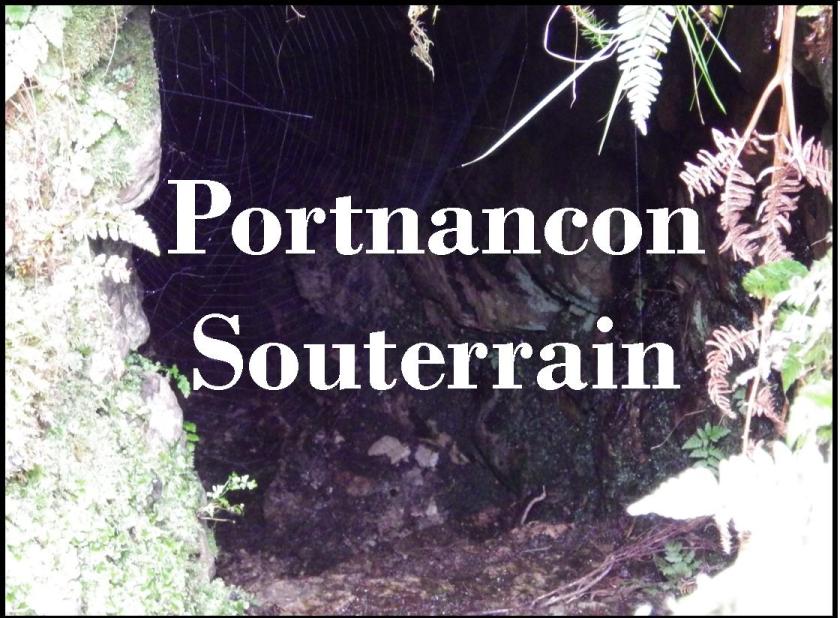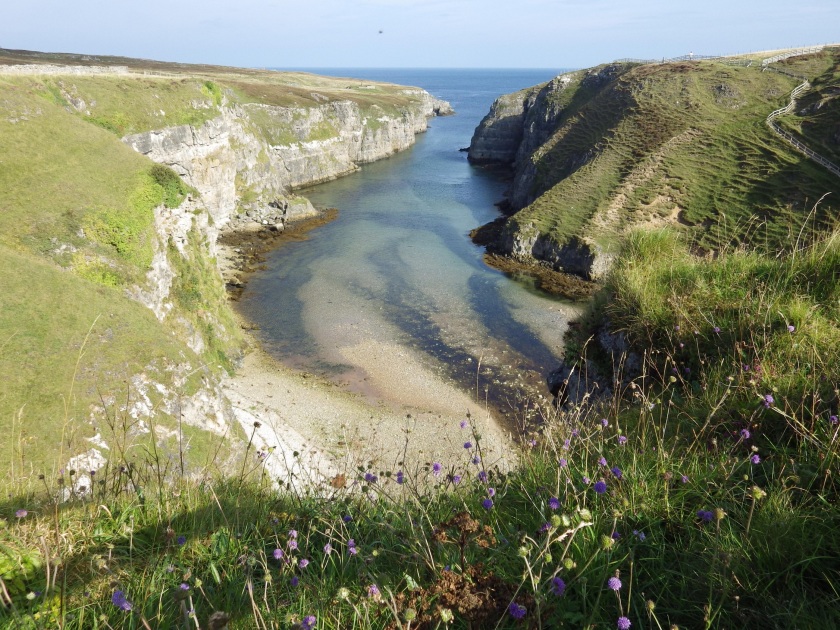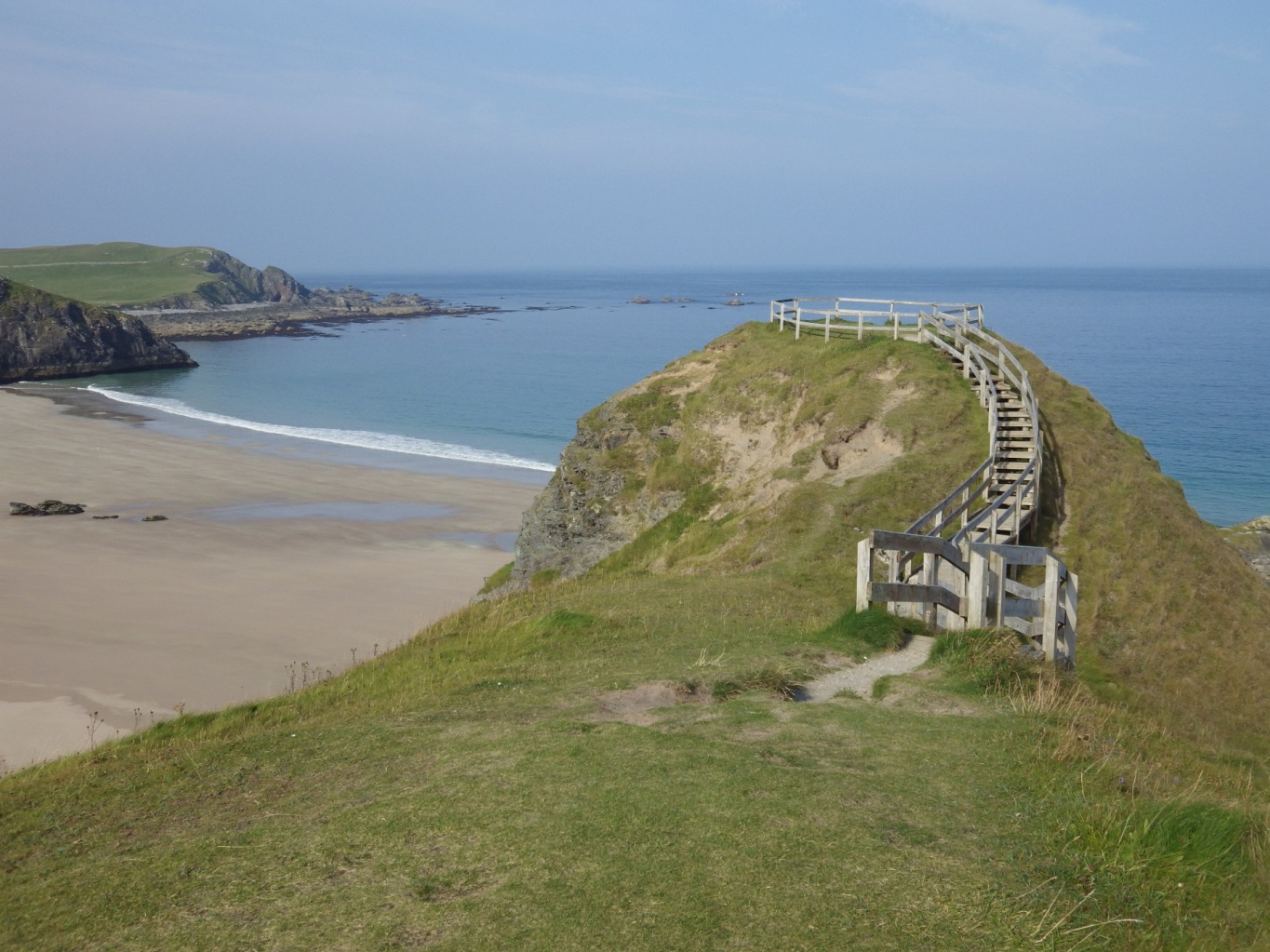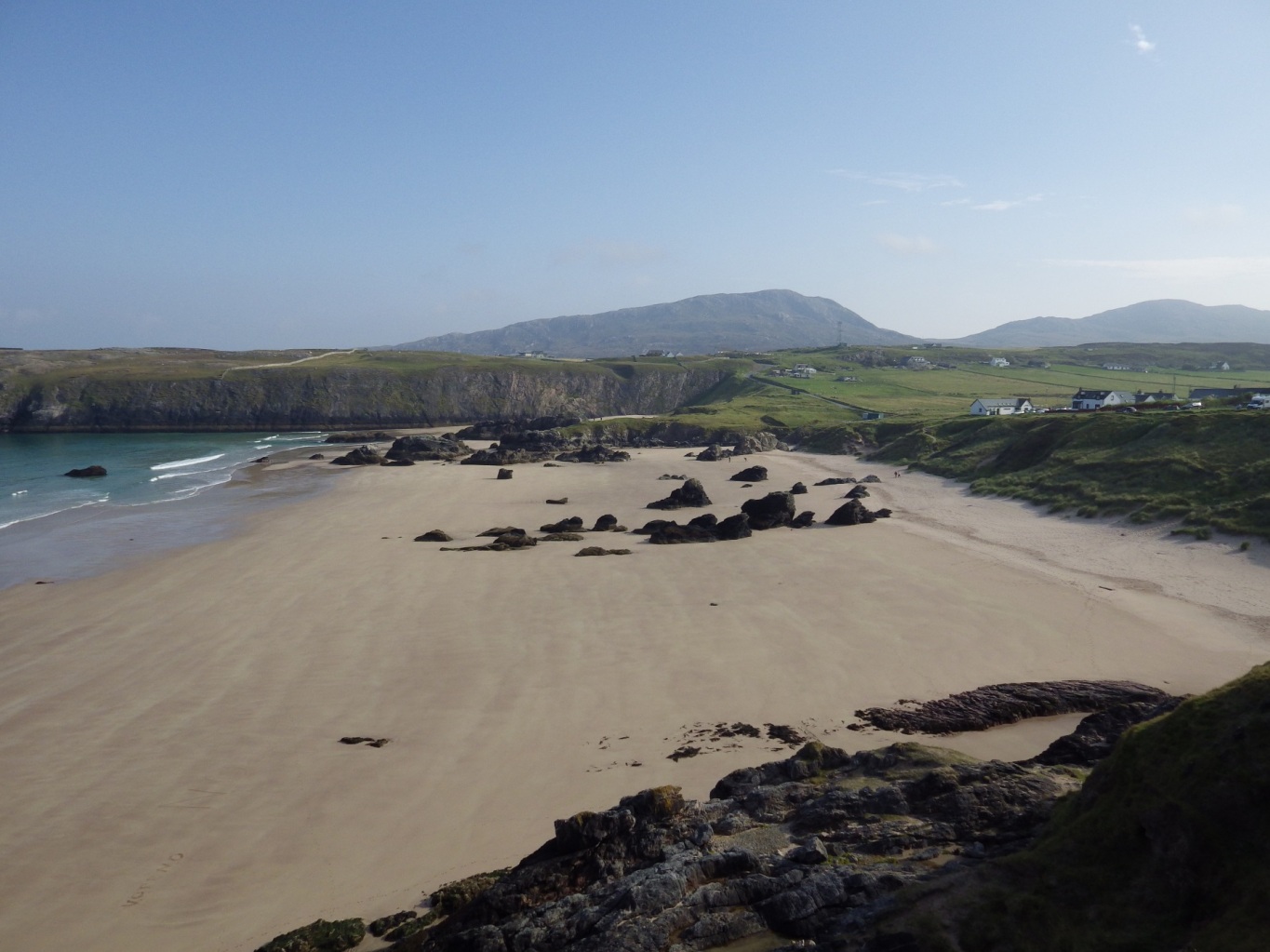Writing about Smoo Cave in my last post reminded me of another underground experience I had in that area!
Not that many miles back along the coast is Portnancon Souterrain, an enigmatic underground structure that has survived since the Iron Age.

Souterrains were stone-lined, underground passages and in Scotland, were usually built underneath or beside Iron Age round houses. There had been evidence of a round house here in the past but this has since been destroyed.
There’s rarely anything left inside souterrains that would give any indication of what they were used for but they were most likely used as storage facilities. It’s possible that they could sometimes have been used for refuge or even for some ritualistic purpose but we will probably never know.
First find your souterrain
… which is hidden on the heather hillside above Loch Eriboll

This was the very first souterrain I ever went inside and I didn’t know exactly what to expect. I lowered myself into the black hole, trying not to disturb the ubiquitous spider’s web – spiders love souterrains! Fortunately I like spiders.
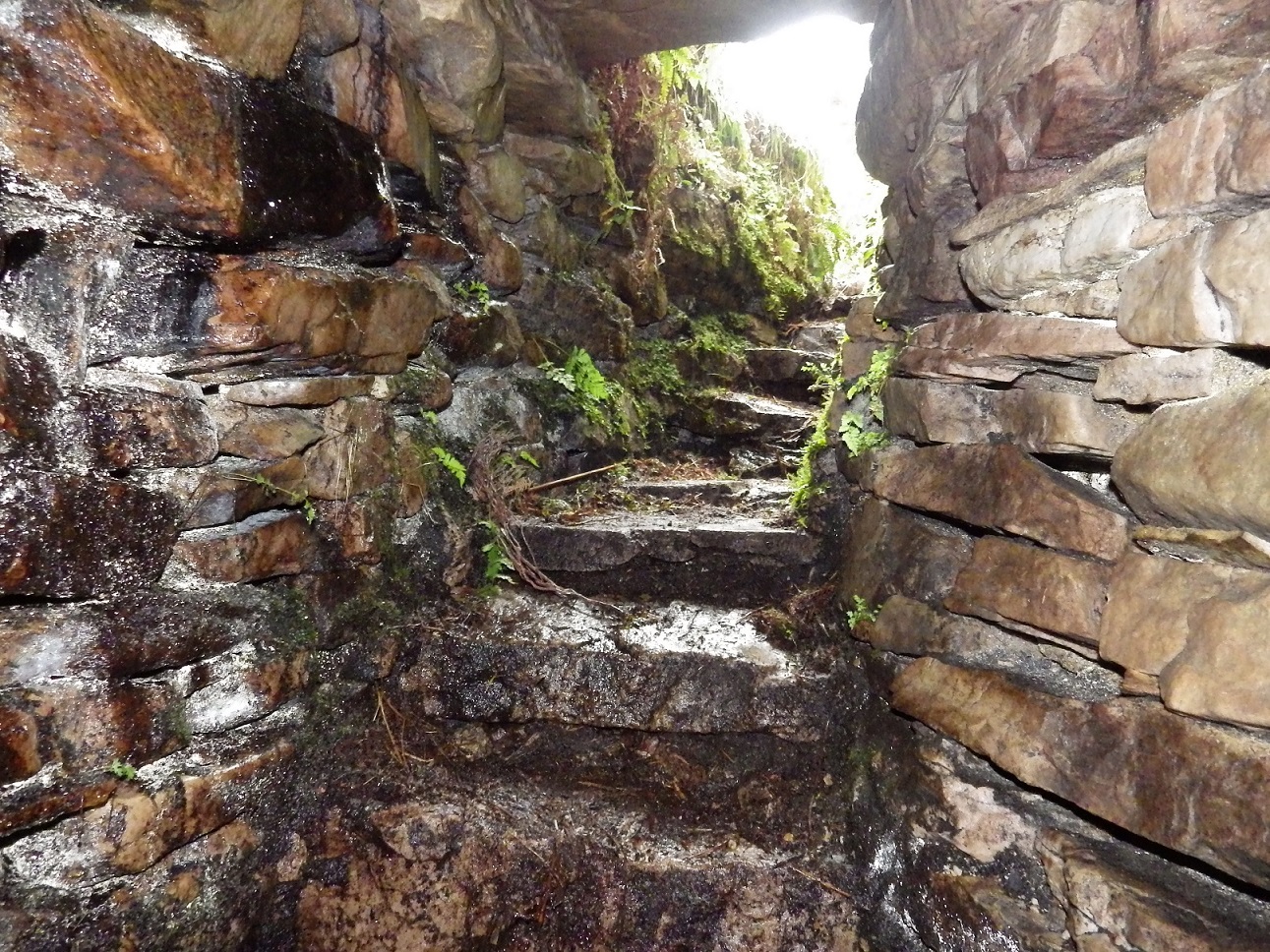
There were 12 steps leading down into the dark passage. . Like most souterrains, the roof was very low at the entrance but then got higher. I started to make my way along the curving passage and I must admit, it was quite scary when I turned the corner and was out of site of the entrance. I was now in complete darkness apart from the light from my torch.

The passage was over 8m long and curved in an anti-clockwise direction, culminating in a small rounded chamber. It has drystone walls and the roof is made from stone lintels.

As the end of the passage came into view I had a heart-stopping moment! I’d seen a photo of it, so knew roughly what it would look like. However, down there at the end of the passage I could see what looked like two ropes hanging from the ceiling, one of which appeared to have a sack suspended from it. This was disconcerting for a few moments but I carried on and investigated. It turned out they were just roots from the ground above which had woven themselves into this sack-like shape – it looked quite eerie, though.

Heading back to day light.


Finding such a well-preserved souterrain was the catalyst for many more souterrain adventures, from crawling through muddy tunnels on the Isle of Skye to exploring spacious souterrains under Irish cashels.
Souterrains are found in Scotland, Ireland and Brittany and there is a handful in Cornwall, where they are called fogues. They can vary in size and design, from the small ones like Portnancon to much larger ones, containing several passages and chambers.
There is little evidence of any links between the regional variations and the concept of souterrain building probably developed independently in each of these areas. Scottish souterrains date from the Iron-age, and often the round house has long since disappeared, leaving only the preserved souterrain underground. Ireland has about 3,500 and these are much later, with most of them being from the middle of a period from the 6th-12th centuries AD. They are often associated with raths and cashels.
.
They are often discovered by farmers when ploughing and there was even one discovered near me when a tractor wheel suddenly went down into a deep hole. It turned out that it had gone through the roof of quite a large souterrain!

